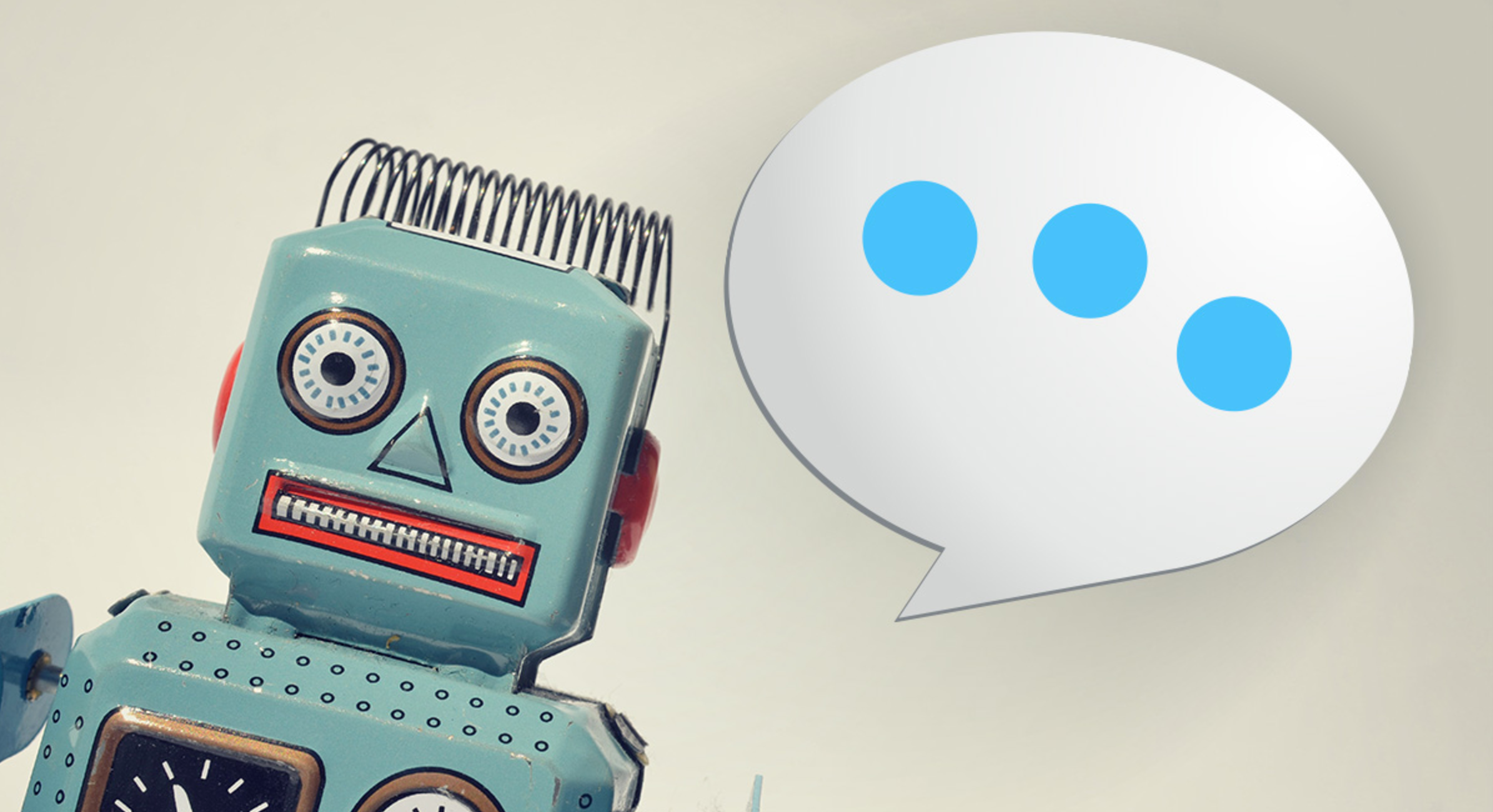
Your chatbot lacks empathy, and that’s a problem
This article was previously published in VentureBeat on June 27, 2017 by Jason Kapler.
Technology is rapidly changing the customer service arena. Over the past few years, automated phone calls, social media, live chat, and instant messaging customer service strategies have become common place. Some even speculate that chatbots and other automation may eventually replace human customer service agents. However, AI and NLP (natural language processing) technologies are not yet ready for primetime.
When used as a customer service solution, chatbots have been highly problematic and risky propositions for marketers and customer care teams concerned about ensuring a positive customer experience and brand perception. When chatbots or other automation can’t fully address customer needs, it may make the brand seem cold and impersonal, leaving customers to question their brand affinity.
Strike a balance between Bot and Live Agent
People yearn for human interaction and relationships. The key to chatbot success is for brands to find a way to equip bots with the ability to seamlessly transition from a chatbot to a human, in the middle of a customer interaction, along with the conversational context to avoid customer frustration.
“While chatbots can serve as an efficient way to offer customers solutions to their problems, their future success will depend on how thoughtfully brands leverage them to meet customers’ needs. After all, delivering a great customer experience depends on it,” says Forrester Data Analyst, Kristopher Arcand.
The fact of the matter is that most chatbots aren’t intelligent. They are built based on decision-tree logic, where the bot response depends on specific keywords identified in the user’s input. Bots with linguistic and natural language learning capabilities are still quite rare.
To ensure positive experiences, brands should let customers know they are dealing with a chatbot, and human agents must be ready and able to take over when chatbot conversations become derailed.

Put the “Care” back in Customer Care
To have meaningful conversations with chatbots, a bot needs to be able to understand human context and tone, which currently it can’t. Inherently, that suggests that customer service organizations restrict the bot functionality to pre-scripted conversations or responses, or expect and accept errors. This can lead to problems and even a PR disaster as Microsoft learned the hard way.
Secondly, they can’t be the principal conversation option for a robust messaging app program because they lack one critical aspect, emotion. Humans have empathy. We know what it’s like to be frustrated. We can reason and listen. It’s extremely difficult to deliver effective customer support or marketing, without empathy and emotional intelligence. For the foreseeable future, world-class customer communications will require humans.
That said, bots can handle limited use cases. They can solve simple or routine issues like triage, discovery questions, collecting contact information, surveys and maintaining a standard experience such as greetings, explaining game rules or giveaways and handling FAQs.
In defense of the chatbot, there are times many of us don’t want to talk to a human – we just want a quick answer to a standard question. If you want to know when your next phone bill is due, ask a bot. How much it will cost? A bot can tell you. But why you were over-charged? Time to talk to a human.
Despite the headlines about chatbots and automation, conversations are still key. If, and when, bots are deemed to be an effective alternative to live person-to-person conversation, they present a tremendous opportunity for brands to offer better customer service experiences at a reduced cost.
The human touch is irreplaceable and serves an important role in customer service today. Sure, bots can augment conversations between humans and help answer simple questions. But you can bet that they won’t replace humans any time soon.
Read on to see how LiveWorld’s chatbot management platform handles the balance between chatbots and human customer service agents.
 Liveworld
Liveworld